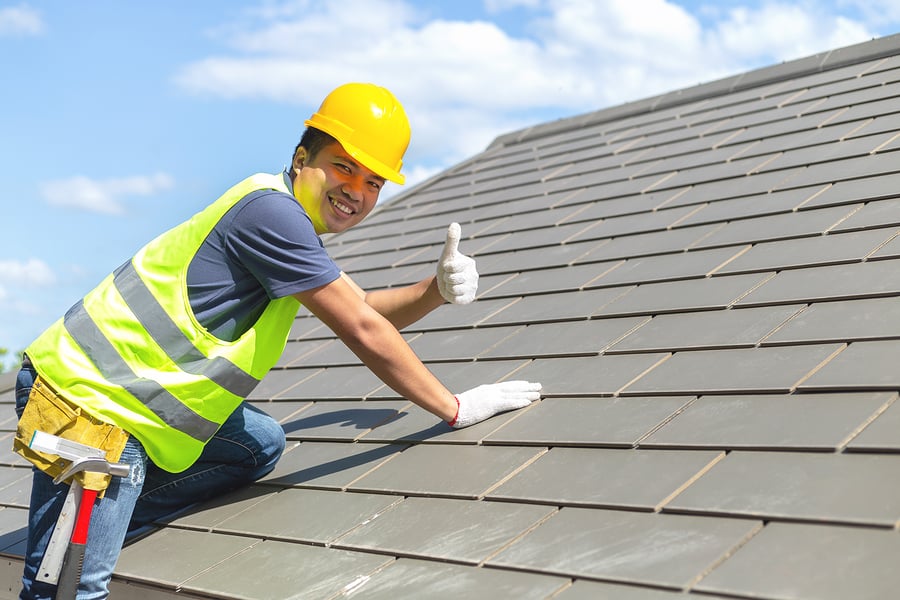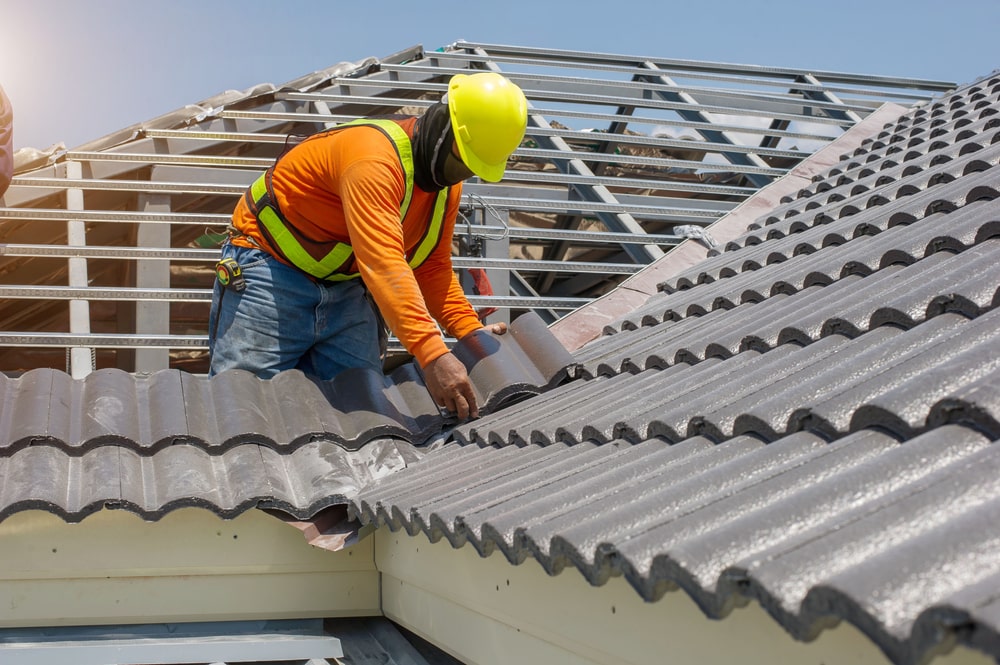A Comprehensive Guide to Effective Roof Flat Roofing System Setup
The complexities of level roof setup demand a precise approach, starting with a thorough understanding of different level roofing types and the necessary materials needed for ideal performance. A successful setup pivots not only on the selection of materials however additionally on the preparation and execution of each step entailed in the procedure.
Recognizing Flat Roof Kind
When considering flat roofing systems, it is important to understand the numerous kinds offered, as each offers distinctive advantages and disadvantages customized to details needs. The most typical types of level roofing systems include Built-Up Roofing (BUR), Changed Bitumen, and Single-Ply membrane layers.
Built-Up Roof covering consists of numerous layers of asphalt and gravel, giving outstanding longevity and climate resistance. It is particularly advantageous in areas susceptible to serious weather however may require more upkeep because of its intricate building and construction.
Modified Asphalt is a preferred option for its convenience of installment and adaptability. It frequently uses a self-adhesive or torch-applied technique, which can be helpful for fast fixings and long-lasting efficiency. Nonetheless, its lifespan can be much shorter contrasted to BUR.
Single-Ply membranes, consisting of Thermoplastic Olefin (TPO) and Ethylene Propylene Diene Monomer (EPDM), are acknowledged for their light-weight nature and energy performance. These products are commonly chosen for industrial structures because of their cost-effectiveness and convenience of installment (Cleveland Roofing Specialists). Nonetheless, they may not offer the exact same degree of insulation as various other alternatives.
Each roof covering type requires careful factor to consider based upon environment, spending plan, and details job demands.
Essential Products for Apartment Roof
A variety of crucial products are essential for the effective installation of level roof. The option of materials straight influences sturdiness, performance, and general performance.
One of the key products is the roof membrane, which can be built from various compounds such as thermoplastic polyolefin (TPO), ethylene propylene diene monomer (EPDM), or PVC. Each type supplies one-of-a-kind benefits, including UV resistance and flexibility, which are crucial for prolonged performance.
Along with the membrane, insulation products play a substantial role in energy effectiveness. Rigid foam boards or polyisocyanurate insulation are prominent options, as they supply exceptional thermal resistance and moisture monitoring.
Moreover, roof adhesives and sealers are vital for making sure a watertight installment. These products should work with the selected membrane layer to avoid degeneration with time.
Getting Ready For Installment
Appropriate prep work is vital for a successful flat roof covering setup, as it lays the foundation for a resilient and effective roofing system. Begin by carrying out a comprehensive evaluation of the existing roofing system framework.
Next, gather all needed tools and products, making sure that they fulfill industry standards. This consists of water resistant membranes, insulation, flashing, and fasteners. Familiarize on your own with the maker's specs, as adherence to these guidelines is essential for guarantee objectives.
Take into consideration weather problems; prevent setup throughout heavy rainfall or extreme temperature levels, which can affect material performance. By taking these preparatory steps, you can boost the likelihood of a successful flat roofing installation that fulfills both visual and structural requirements.
Step-by-Step Setup Refine
With the foundation established via detailed preparation, the next stage entails implementing the level roofing installation systematically. Begin by making certain that the structural deck is cost-free and tidy from particles. Next, mount a vapor obstacle to stop dampness build-up below the roof covering material. This step is vital for preserving the roof's honesty useful link with time.
Complying with the vapor barrier installation, lay down insulation boards, guaranteeing they fit firmly with each other to reduce thermal bridging. Secure the insulation with ideal bolts based on the roof type and local structure codes - Cleveland Roofing Specialists.
Ensure correct overlap at sides and joints to create a water tight seal. Make use of adhesives, mechanical bolts, or warm welding as required. Ultimately, mount blinking around perimeters, vents, and any type of roof infiltrations to boost waterproofing. After installment, conduct a thorough assessment to recognize any kind of prospective problems prior to ending the task, making certain a durable and reliable flat roof covering system.
Upkeep Tips for Durability
Regular maintenance is vital to guarantee the durability and efficiency of a flat roof covering. Among the key jobs is to carry out regular inspections a minimum of two times a year, ideally in springtime and fall. During these inspections, seek signs of wear, such as blisters, splits, or pooling water, which can show underlying issues.

Making certain correct drain is critical to stop water buildup. Inspect and clear gutters, downspouts, and scuppers to ensure unhampered water circulation. In addition, check seals around vents, skylights, and various other infiltrations for any kind of indications of wear and tear, using caulk or sealer as required to preserve a water tight barrier.
Lastly, take into consideration expert his response maintenance services every couple of years for comprehensive inspections and repairs. By adhering to these maintenance tips, you can substantially expand the life of your flat roofing, guaranteeing it remains a reputable guard versus the components.
Final Thought
Efficient level roof covering installation demands a methodical strategy including detailed assessments, product choice, and careful preparation. Sticking to the described actions during the setup procedure makes certain the correct application of roof membranes and insulation while improving waterproofing via effective blinking installment. Implementing regular upkeep practices considerably adds to the long life of the roofing system. Check This Out By following these standards, a sturdy and dependable level roofing solution can be attained, qualified of holding up against various ecological conditions.
The ins and outs of flat roof covering installment demand a precise approach, starting with a detailed understanding of different level roof types and the vital materials needed for optimum efficiency.Proper prep work is essential for a successful flat roof covering installment, as it lays the foundation for a reliable and sturdy roofing system. After setup, conduct an extensive assessment to determine any type of prospective concerns prior to concluding the project, making sure a trusted and robust level roof covering system.
